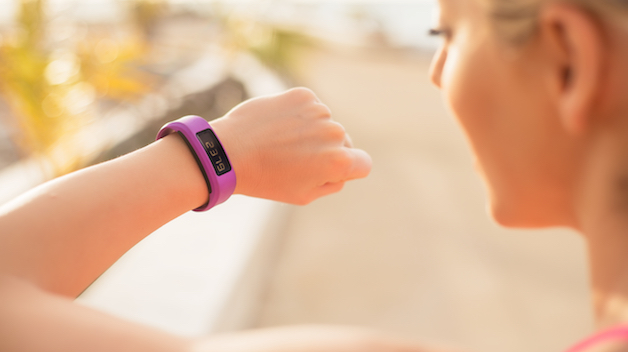
The wearable market is quickly gaining momentum. The number of connected wearable devices worldwide is expected to jump from an estimated 325 million in 2016 to 830 million in 2020. And while many different types of gadgets fit into the wearable category - Bluetooth headsets, head-mounted display products, clothing, eyewear, etc - smartwatch sales have the majority at around 52 percent market share.
Consumers have adopted wearable technology at a fast pace. And for most, they buy wearable technology as a way to improve their health. A Pricewaterhouse Cooper Consumer Intelligence report found that health organizations - doctors, hospitals, and health insurance companies - are the most trusted when referring wearable technology to their customers. That means as a medical provider, partnering with technology can open up the future in many ways.
What makes wearable technology so promising is it’s user-friendly, unobtrusive, and connected. That means it can provide both health care providers and patients an easy way of transmitting data, real-time feedback, and alerting mechanisms for when things change or go wrong.
But of course, with the pros also come the cons. There is still a rigorous regulatory process to obtain FDA approval. And how medical facilities will feed them into their systems, adapting the technology into some kind of “billable” format remains to be seen.
Yet that isn’t stopping some healthcare professionals from trying out the technology and finding ways to implement it into their practices. Are you considering it? The hurdles are many, including:
Data
If you’ve used wearable technology in the past, you know it can provide data in many different formats. Right now, wearables provide some insight on certain body vitals and metrics. It’s even used in some situations to diagnose and treat certain health conditions. And those concepts are changing all the time with the development of new apps.
EarlySense monitors sleep and vitals, which is an invaluable tool especially for bedridden patients.
Rapael Smart Glove uses technology to help with rehabilitation.
AccendoWave is developing a new concept in pain management, where a headband and/or earbuds can be used to measure discomfort and provide support depending on the discomfort level.
And of course, these are just the tip of the iceberg as to what is available and being developed right now.
The biggest problem for doctors and other health service providers is accuracy and consistency. Does wearable technology work every time? As a physician, you can’t risk the possibility of misdiagnosing or mistreating a patient based on inaccurate or inconsistent data. To enter the mainstream, they have to work for what you need it for every time.
Security
Equally important is the possibility of security threats or privacy breaches. If someone can easily gain access to private information, it puts everyone at risk.
With a wide range of programs being developed, how do you know who to trust? What works and what doesn’t? What can you control on your own through your own security settings? As more personal health data becomes available, there is rising concern among all levels of users that this information could end up in the wrong hands.
And that’s more than enough reason to let the doubt outweigh the benefits and put using wearable technology in your practice on hold.
For IT Strategy, Cloud Conversion, or Help Desk Services reach out to us at Silver Linings Technology 360-450-4759.


